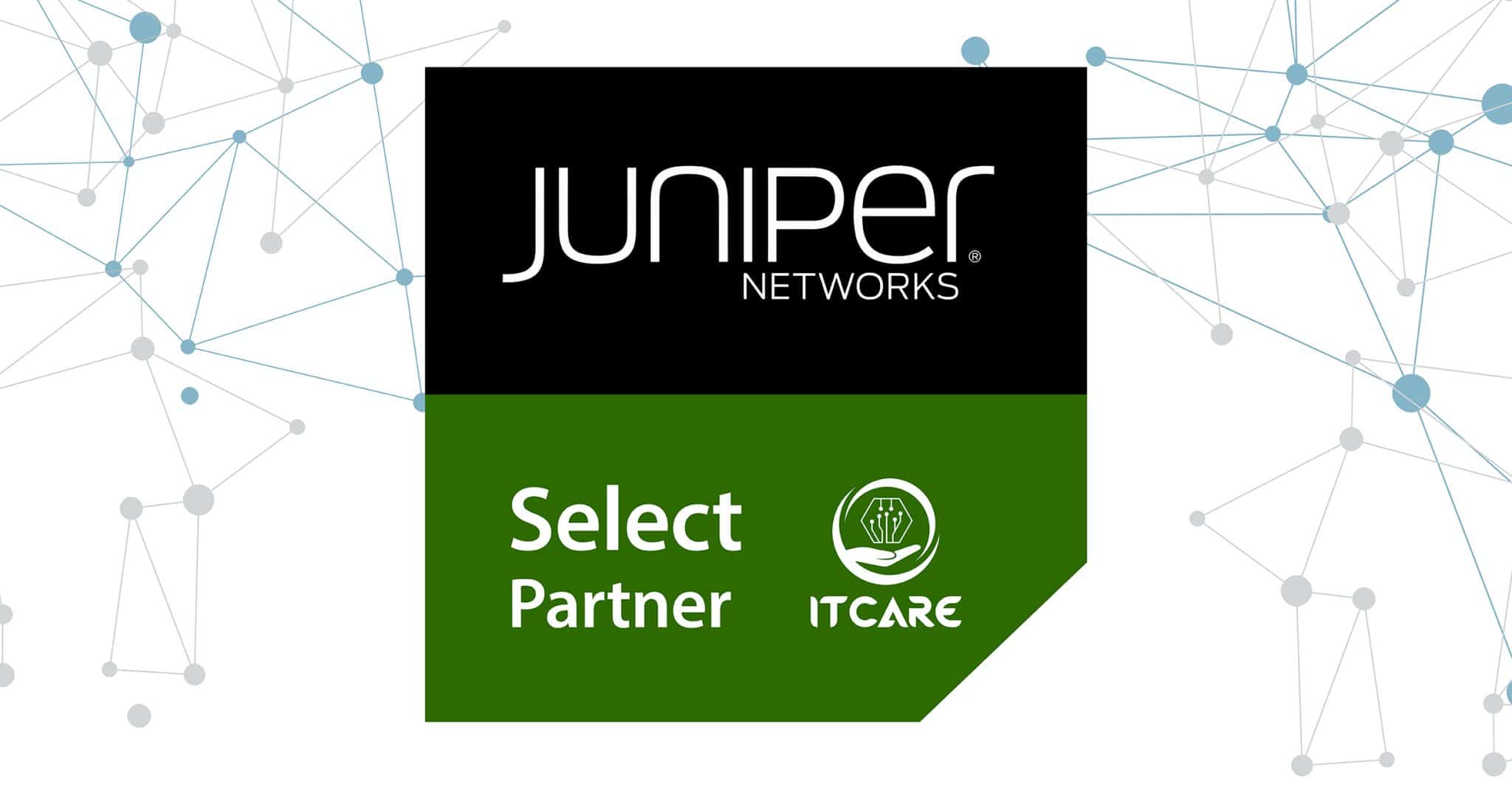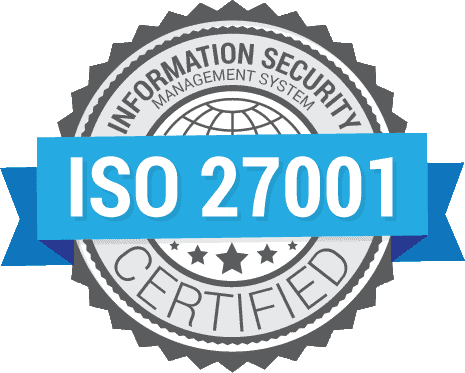The Role of Virtualization in Modernizing an Organization’s Network Architecture
In today’s fast-paced digital environment, business agility, scalability, and CostEfficiency are critical. As companies evolve, so must their IT Infrastructure, which forms the backbone of every modern enterprise. This is where virtualization steps in—transforming traditional networking into a more flexible, secure, and efficient ecosystem.
Organizations leveraging MSP Networking Services and IT consulting partners are finding that virtualization not only enhances performance but also delivers significant CostSavings across the board.
1. Understanding Virtualization and Its Impact on Modern IT Infrastructure
At its core, virtualization abstracts physical hardware resources into logical, software-defined systems. In simpler terms, it allows a single physical device to run multiple virtual instances, whether that’s servers, routers, or network controllers. This transformation has revolutionized how IT services and IT Infrastructure are deployed and managed.
Through Network Virtualization, organizations can consolidate equipment, streamline operations, and automate processes, resulting in both cost eficiency and performance improvements. When managed by an experienced MSP or IT outsourcing partner, virtualization can significantly simplify the complexity of modern networks.
Benefits of Virtualization in IT Infrastructure
Reduced Hardware Costs: By consolidating multiple functions into virtual machines, organizations can drastically lower physical hardware requirements.
Enhanced Flexibility: Virtualized systems are easily cloned, migrated, or restored, offering near-instant scalability.
Automation and Optimization: Through centralized control and Automation, IT teams can deploy resources dynamically based on traffic or performance needs.
Improved Cybersecurity: Virtualization isolates workloads and enforces segmentation, reducing exposure to cyber threats.
With proper IT consulting and NOC services, virtualization becomes the foundation of a future-ready DataCenter environment.
2. Virtualization in Network Architecture: Key Technologies and Protocols
Modern network virtualization extends far beyond server consolidation. Today’s advanced architectures rely on a variety of technologies such as MPLS, VXLAN, EVPN, and VPLS, all of which contribute to secure, scalable, and efficient data flow.
Core Networking Virtualization Technologies
MPLS (Multiprotocol Label Switching):
A key component in managed NOC services, MPLS ensures data packets follow optimal paths through a network, improving reliability and latency.L2VPN and L3VPN:
These VPNs create secure Layer 2 and Layer 3 tunnels, enabling seamless interconnection across distributed offices or data centers—perfect for enterprises with multi-site operations or remote teams.VPLS (Virtual Private LAN Service):
Offers a way to extend LANs across geographically dispersed locations, making them behave as one single network.EVPN and VXLAN:
Together, EVPN-VXLAN overlays deliver the scalability and flexibility needed for next-generation DataCenter and DCI (Data Center Interconnect) solutions.
When combined, these technologies give organizations the agility to expand and scale while keeping CostSavings and Optimization at the forefront.
For businesses working with a trusted MSP such as ITCare’s IT Services Team, virtualization allows for the seamless deployment of these technologies with consistent policy enforcement and proactive monitoring through NOC SaaS solutions.
3. How Virtualization Enhances Network Management and Security

A major advantage of network virtualization is the improvement it brings to network visibility, management, and Cybersecurity. Instead of managing devices individually, IT teams can control the entire environment from a single pane of glass—streamlining ITservices operations and enabling better decision-making.
The Role of Automation and NOC Integration
By leveraging Automation through NOC SaaS or managed NOC services, routine tasks such as device monitoring, patch management, and anomaly detection become more efficient and accurate. This allows IT teams to focus on innovation rather than firefighting.
With Outsourcing and IT outsourcing, organizations can rely on experts who continuously optimize network performance and apply best practices for Optimization and CostEfficiency. ITconsulting professionals from ITCare.net ensure seamless integration of automated systems, custom scripts, and monitoring platforms tailored to the company’s unique infrastructure.
Security Through Segmentation and OOB Management
Network virtualization also supports OOB Management (Out-of-Band Management), providing dedicated paths for administrative access even if the primary network is compromised.
Coupled with protocols like BGP, OSPF, and ISIS, virtualized environments can dynamically adapt routing tables (RIB) to maintain secure and efficient traffic flow.
Cybersecurity is further strengthened by micro-segmentation—isolating workloads and minimizing lateral movement within the network. This layered approach aligns perfectly with modern zero-trust security frameworks, ensuring the network remains both flexible and resilient.
4. The Business Case: Virtualization, Outsourcing, and Cost Efficiency
Virtualization is not just a technological trend—it’s a strategic business decision. Organizations that embrace IT outsourcing and NOC SaaS services find that their networks become more agile, secure, and cost-effective. The CostSavings achieved through IT Infrastructure Optimization can be reinvested in innovation and growth.
Cost efficiency and Flexibility with Outsourced IT Services
Through MSP Networking Services and expert IT consulting, companies can modernize without large capital investments. Instead of maintaining expensive on-premises hardware, virtualized environments enable on-demand scalability—paying only for what’s needed.
Partnering with ITCare’s IT Outsourcing Team ensures access to specialists who manage everything from vBNG (Virtual Broadband Network Gateways) to BGP route optimization, DataCenter interconnects, and proactive Cybersecurity measures. This not only ensures Optimization but also minimizes downtime and improves service delivery.
Future-Proofing the Enterprise Network
As technology continues to evolve, enterprises will depend more on software-defined and automated frameworks. Virtualization will remain central to integrating advanced technologies such as AI-driven analytics, intent-based networking, and zero-touch provisioning.
Organizations that invest in virtualized IT services today are laying the foundation for tomorrow’s DataCenter innovation—ready to adapt to future protocols, hybrid-cloud environments, and ever-increasing security challenges.
Virtualization represents the bridge between traditional networking and the cloud-native world. It empowers organizations to achieve CostEfficiency, agility, and resilience—qualities essential in the competitive digital economy. By combining MSP Networking Services, NOC SaaS, and expert IT consulting, companies can modernize their networks with confidence.
Whether your organization is exploring IT outsourcing, building a next-generation DataCenter, or optimizing existing IT Infrastructure, virtualization is the cornerstone of modernization.
For a tailored strategy that combines Automation, Optimization, and Cybersecurity, visit ITCare.net to discover how expert IT services can future-proof your business.







